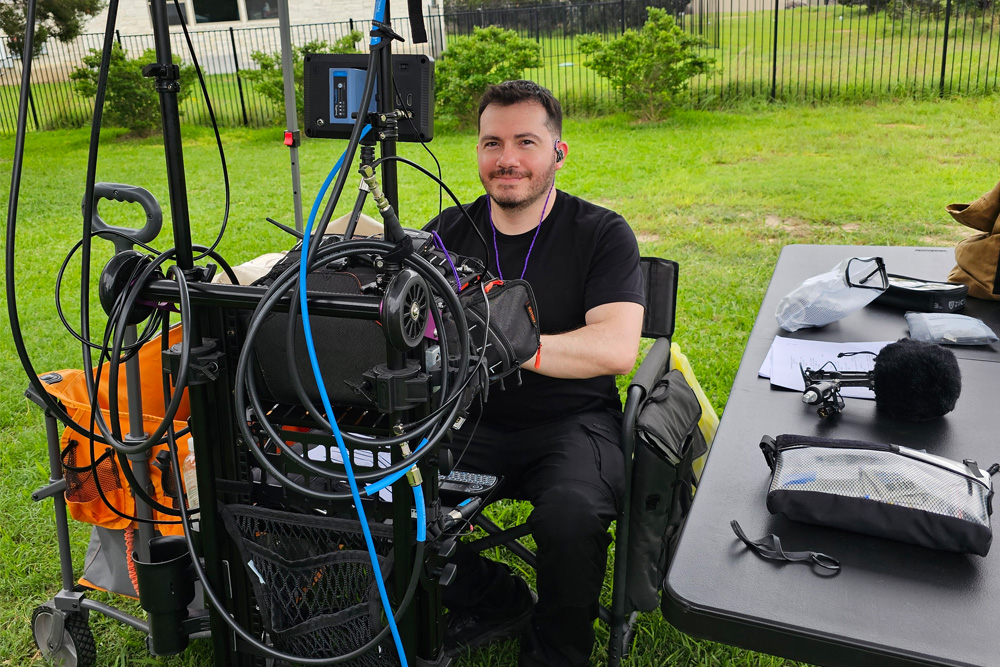
When David Gutierrez started out in sound it never occurred to him that he could make a career out of it. “Early on I would volunteer on sets almost like a fun hobby, and then at one point, someone was like, ‘how much do you want to be paid’ and I was like oh, there’s money,” he recalls. Gutierrez has made Texas his home for over two decades. A former musician and band member, he always had a deep appreciation for sound, but it wasn’t until someone handed him a boom pole that he made the connection. “I thought that was the coolest thing and one of the greatest experiences I ever had. And I was like, alright, I’m in sound now. I’m in this forever.” The dedication has since flourished a career as a self-proclaimed “sound ninja,” capturing crisp audio on everything from narrative and commercials to branded content, corporate gigs, and reality television.
While Texas might not boast the production clout of California, New York, or even Georgia, it still holds its own thanks, in part, to major players like Robert Rodriquez’s Troublemaker Studios and Taylor Sheridan’s Bosque Ranch Productions. Gutierrez says the Lone Star State has always had a steady pulse, due to its commercial and corporate work. “I was able to find a niche in the corporate and commercial world and realized it could be a very lucrative and safe place to insert myself.” What helped to build relationships with brands, directors, and producers is the way he promoted himself. “I marketed myself as a highly-specialized boutique mixer, specifically for brands, content creation, commercials, and corporate gigs. Everyone responded to it very well,” he notes.
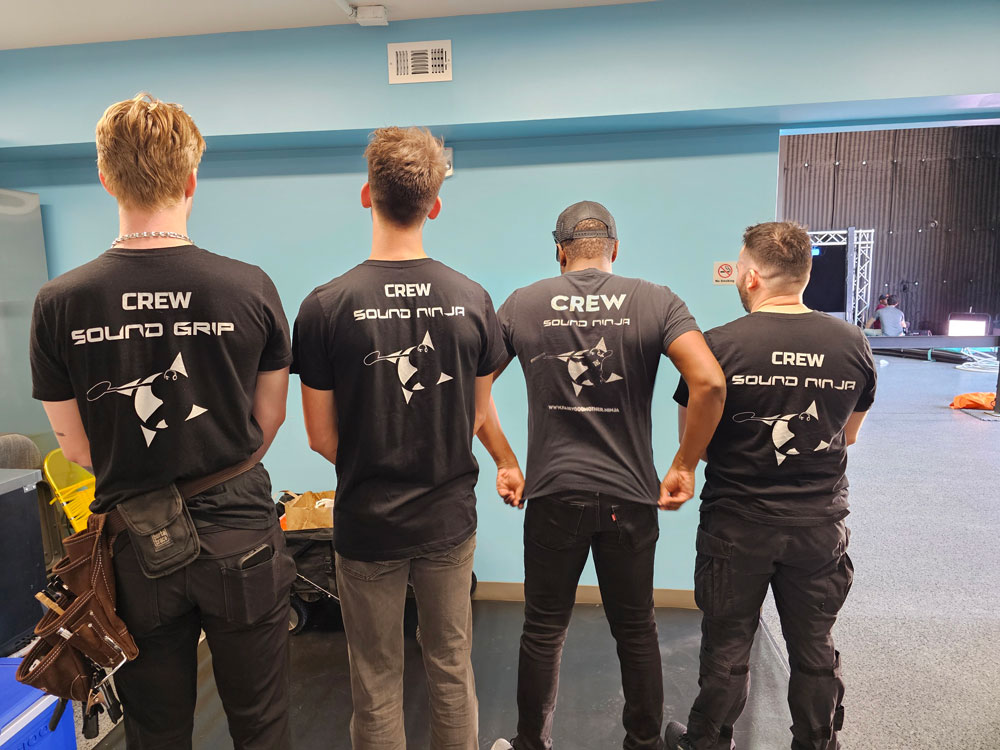
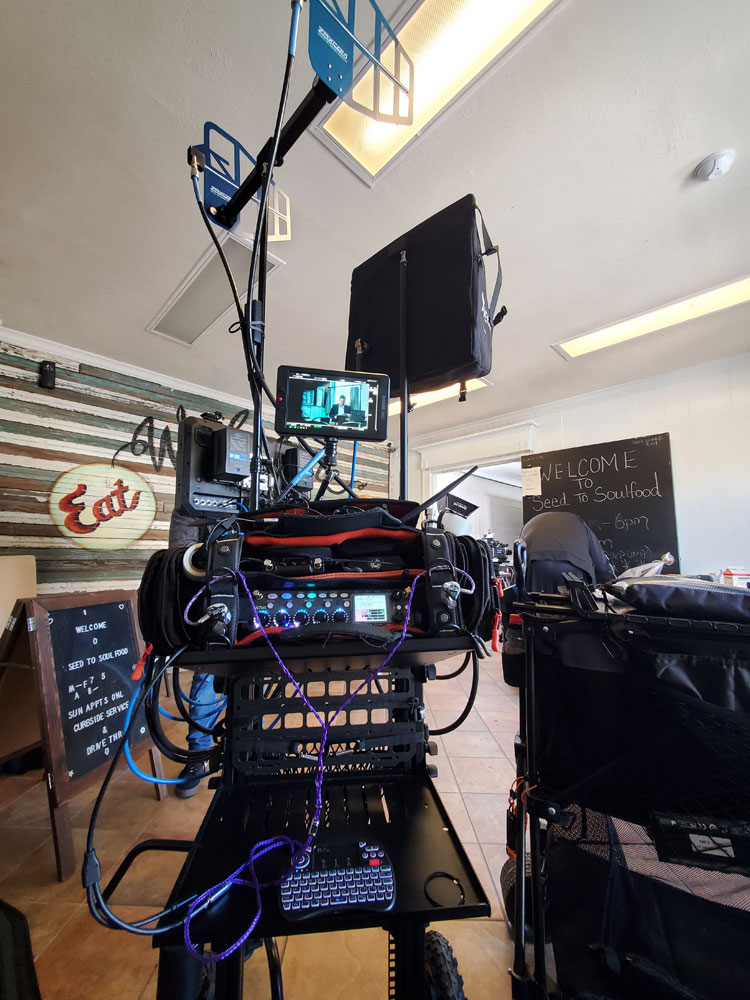
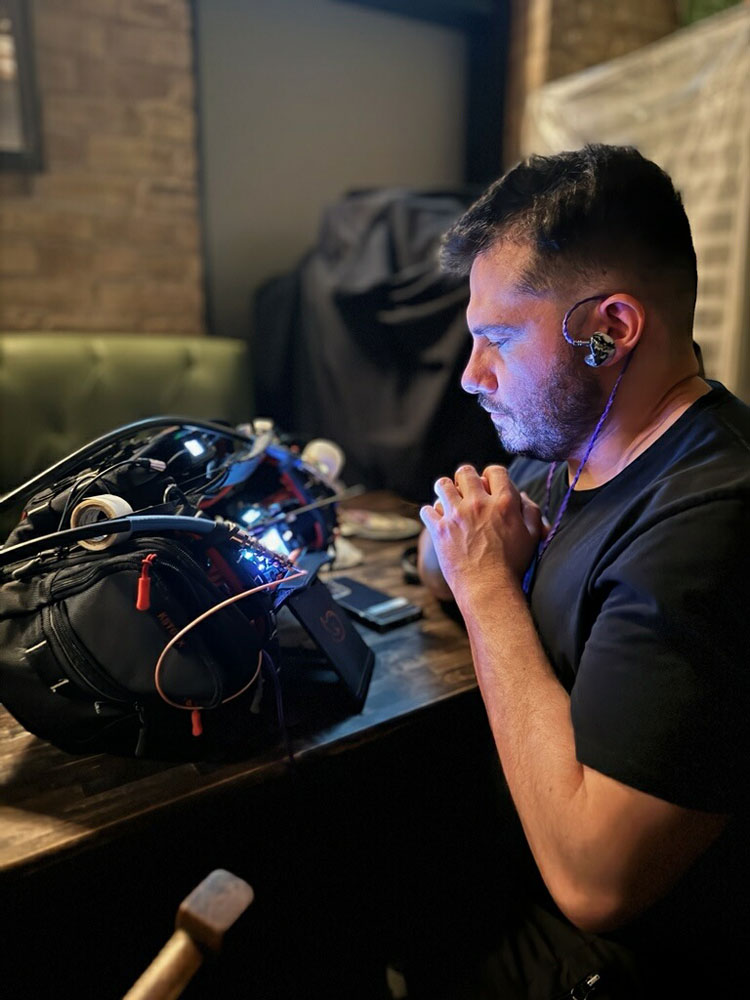
Gutierrez created his own brand under the name Commercial Sound Ninja, anchored by a sleek website that showcases an impressive roster of clients including Google, Netflix, Hulu, Disney, HBO, and Paramount. The crown jewel of the site is a series of dynamic reels he’s expertly edited to spotlight the productions he’s recorded and mixed. Where possible, he embeds the full finished projects – giving visitors a first class aural ticket to his sonic craftsmanship in action. Zaxcom has been his trusted companion for most of his journey – a permanent switch he made after navigating a particularly RF-heavy commercial shoot back in 2018.
“I used to record with a Zoom F8 and Sony UWP wireless but what pushed me specifically to Zaxcom was a United Airlines shoot at the Kelly Air Force base in San Antonio. We were shooting an advertisement where United Airlines was introducing Wi-Fi on its planes and we filmed inside a hangar at the military base,” he recalls. “I ended up having the worst time with the Sony wireless. I had never experienced so much RF congestion in an environment. I had to get really close just to have a solid signal, and there was a situation where I couldn’t record the audio because I couldn’t get close enough to the talent without being in the frame. They ended up shooting only video for that shot, and unfortunately, they never hired me again. That’s when I knew I had to look into something more professional. So I went home and looked for a system that would still be reliable, if say, all the RF gets wiped out. That’s when I found Zaxcom. I have never turned back.”
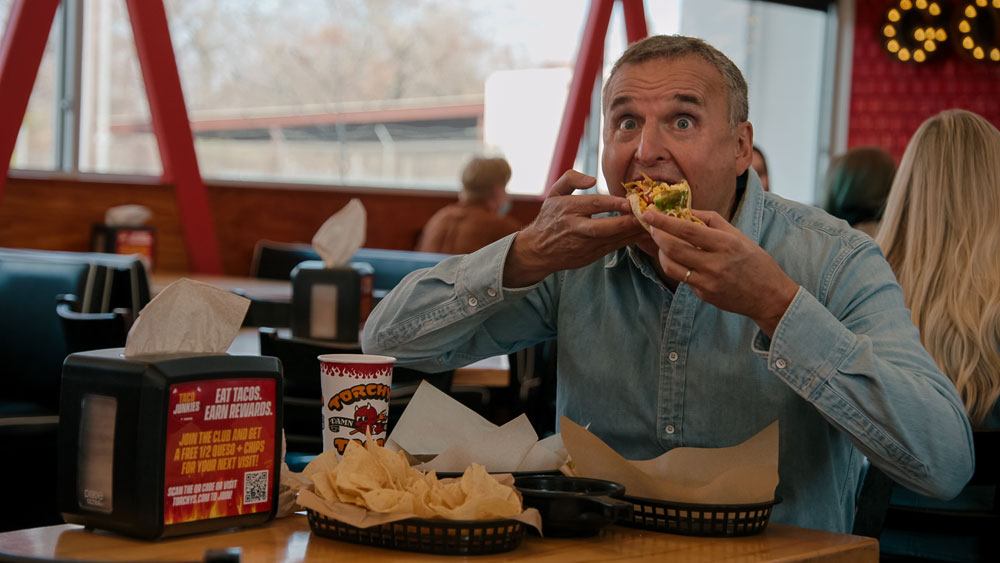
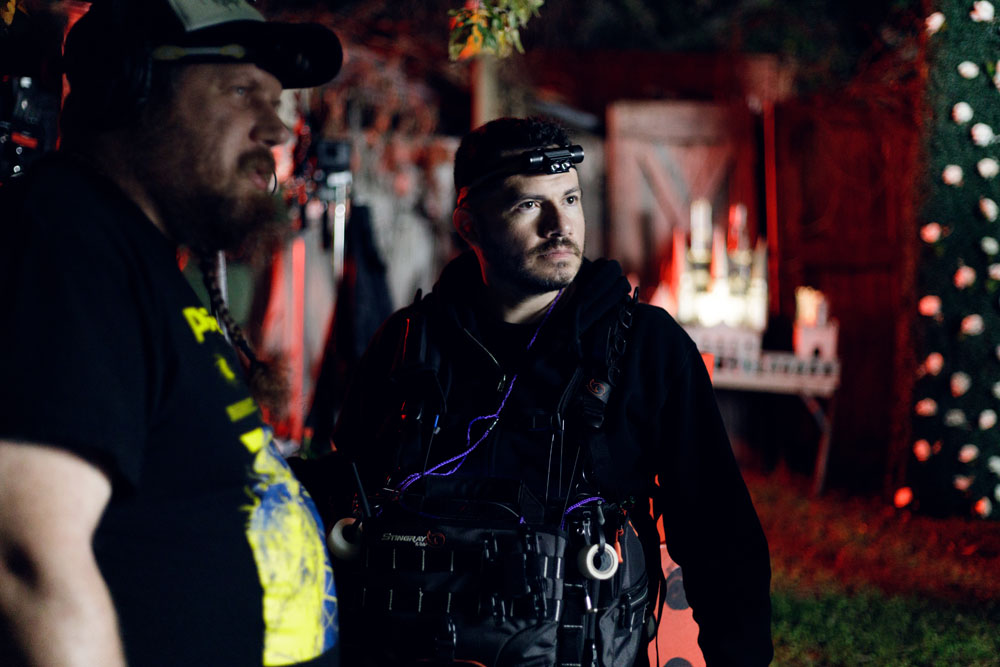
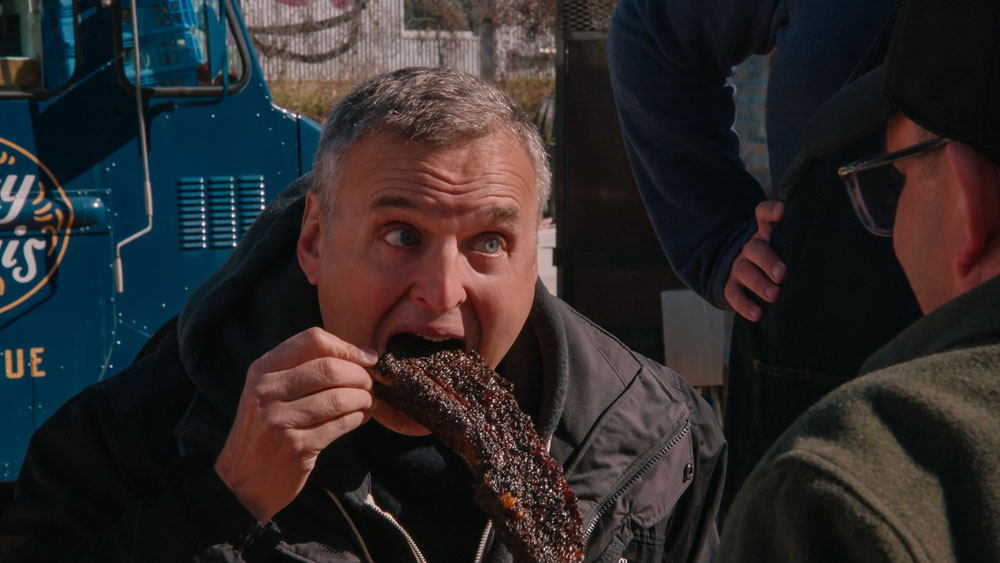
The production sound mixer says Zaxcom has saved him from many difficult RF situations since, thanks to the internal recording feature found on Zaxcom Digital Recording Wireless. He looked to the feature while working on a recent project, Somebody Feed Phil, a Netflix travel docu-series where Everybody Loves Raymond creator Phil Rosenthal hopscotches across the globe trying delicious cuisines of the region. Gutierrez stepped in to record the Austin, Texas episode (S6 E3) over a six day shoot which sees Phil belly up to some of the best BBQ in the area.
“I treat this type of shoot as a reality show, and my golden rule is you hit record at the start of the day and never ever hit stop because there can be so many moments that happen between takes. That’s when field producers are like, ‘oh wow, did you get that? That was such a great moment,’ and I’ll get to say yes. Even if it’s something the camera might miss, sound can be the hero and they can either use B-roll or try to recreate the moment.” Adding to the production’s intensity is Phil’s unique approach to interactions – he prefers single takes, leaving virtually no room for error. “This show isn’t like other reality shows where they do it again and again. Phil is so great and everything was just the first time, so you don’t ever hit stop because you never know what’s going to happen,” he says.
The production mixer’s sound package for the series included the Zaxcom Nova 16 track mixer-recorder, ZMT4 and ZMT3-X transmitters, and MRX414 receivers, the latter of which can seamlessly integrate into the Nova, saving space on a cart or in bag. For set communication, he looked to Comteks combining the M-216 transmitter and PR-216 receivers for producers, though he recently upgraded to Zaxcom’s VRX1 system for IFB and installed a VTX1 internally into his Nova. “I can only speak on the VRX1 since I haven’t tested the VTX1 yet, but the VRX1 sounds much better than the Comtek receiver, so I’m already loving them. And the VTX1 in digital mode is supposed to sound much better, so I’m excited to test it out on an up-coming feature.” To sync camera, Tentacle Sync units are deployed on each camera with an additional unit for the mixer-recorder. “I always run a Tentacle in my bag as the masterclock that way I can power down the Nova to save battery and never have to worry about timecode drift. If I do get worried, I can always pull up the Tentacle Timebar app to check the timecode and to check cameras throughout the day to make sure they are still synced.”
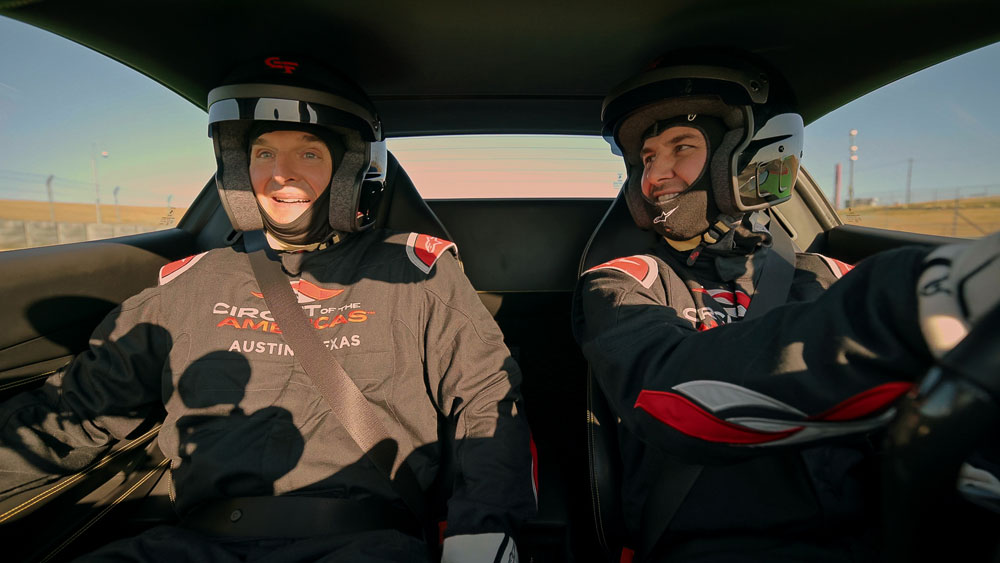
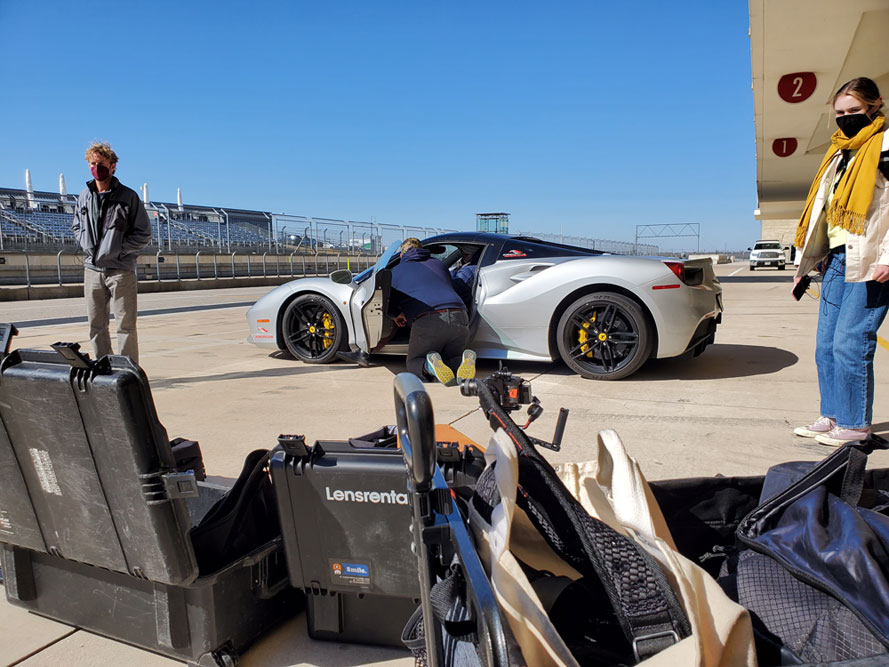
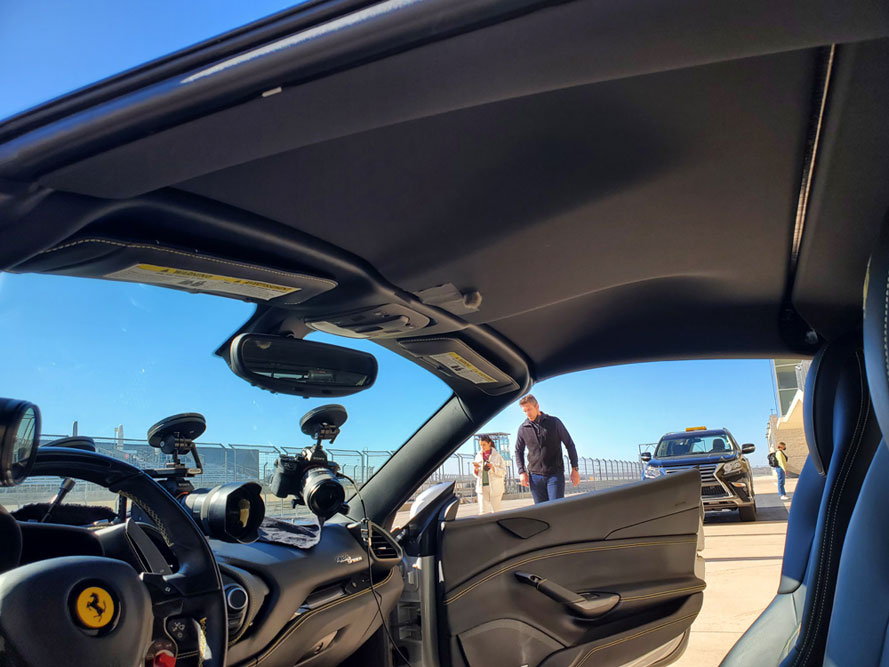
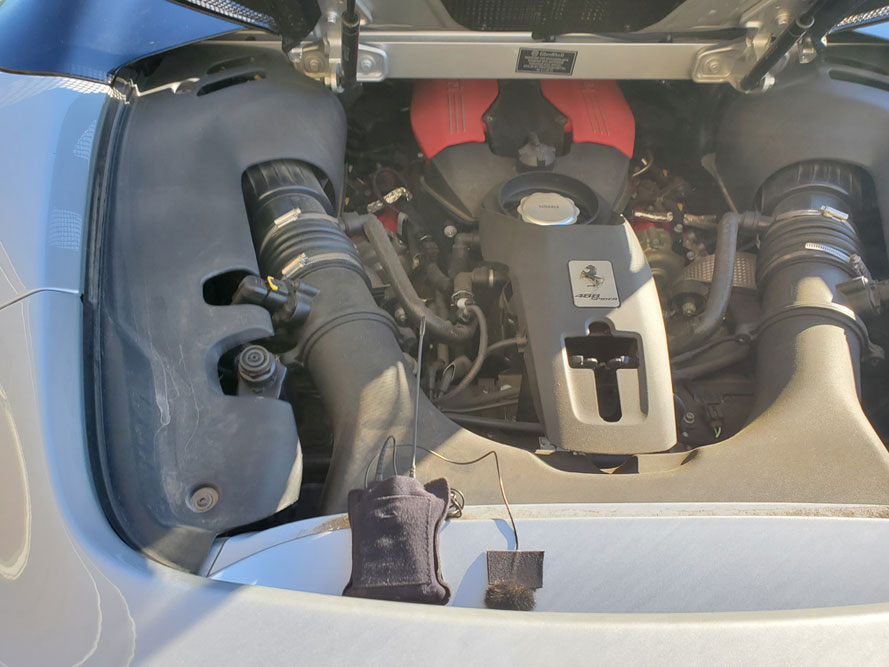
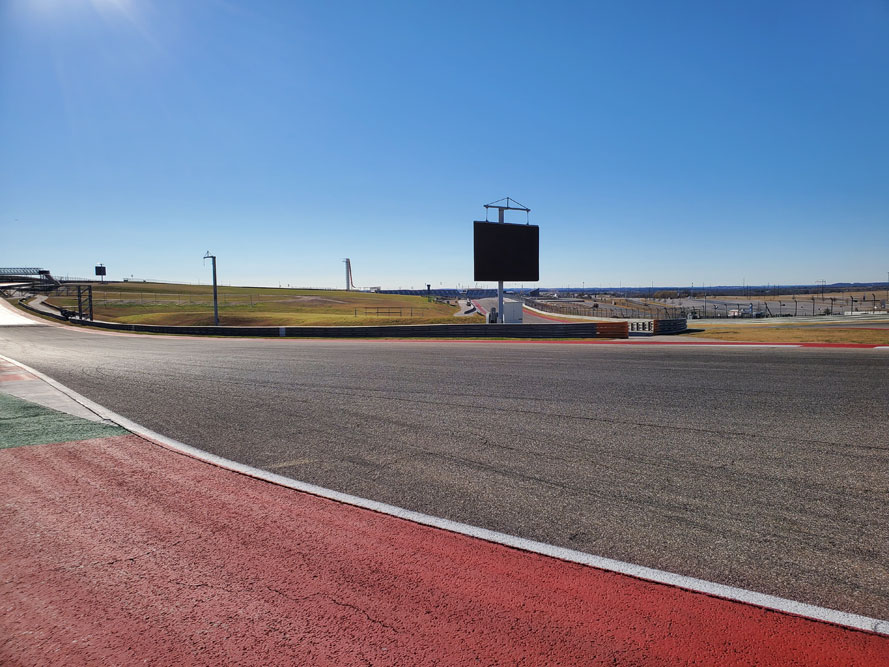
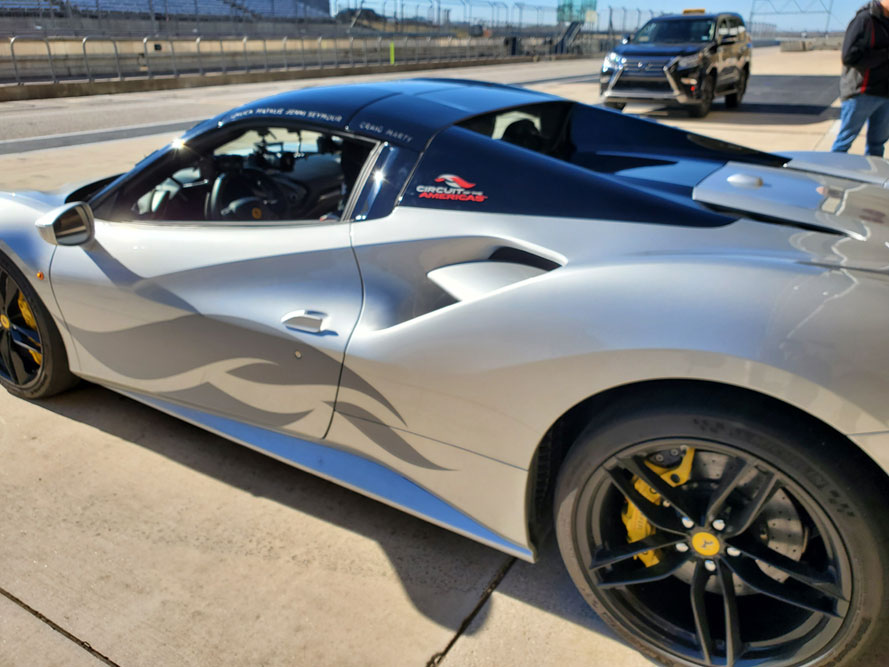
Gutierrez sticks to a classic recording philosophy, laying down a mix track on track one followed by the boom and individual ISOs on subsequent tracks. ZaxNet is part of his workflow, a wireless 2.4 GHz network allowing users to remotely control Zaxcom wireless. “It’s so convenient to not have to disturb the talent. To not break them out of character or invade their privacy. When you can just quietly make all the adjustments you need to from far away, and no one knows what’s happening, that’s the beauty of ZaxNet,” he says.
Zaxcom’s internal recording feature took center stage on Somebody Feed Phil. The function allows audio to be recorded to a memory card inside the transmitter with the option to simultaneously transmit the audio. “There are different philosophies with Zaxcom’s internal recording. I used to trigger it by sending the command over ZaxNet but I found that sometimes you can be out of range, or if you have to split off into a separate pod, it can put you in a difficult position. It takes just one bad experience to not have it activated so I turn the feature on at all times,” he explains.
It became most advantageous during a sequence where Phil is driven around the Circuit of the Americas racing facility at speeds over 200 mph. “Phil wasn’t too excited about it but he was a good sport about it. They mounted cameras inside the car but there wasn’t room for my bag. The director, John Bedolis, asked me if I would have enough range and was curious about my plan. I said I got it. And he was like, ‘what do you mean?’ I told him that every transmitter has its own internal recording as a back-up and he looked at me like I was some type of wizard,” Gutierrez jokingly laughs. “It was just Phil and the driver inside the car, so I wired them both with a ZMT3-X and a DPA 6060 lav, stashing the transmitter inside their fire suits. I also placed a ZMT3-X and a lav inside the vehicle as a plant mic. Additionally, I put a ZMT3-X with a DPA 4063 in the engine. I used a lot of gaff tape and mounted it inches from the engine block. I turned the gain all the way down and it ended up sounding great and nothing had melted. It turned out to be a really good experience.”
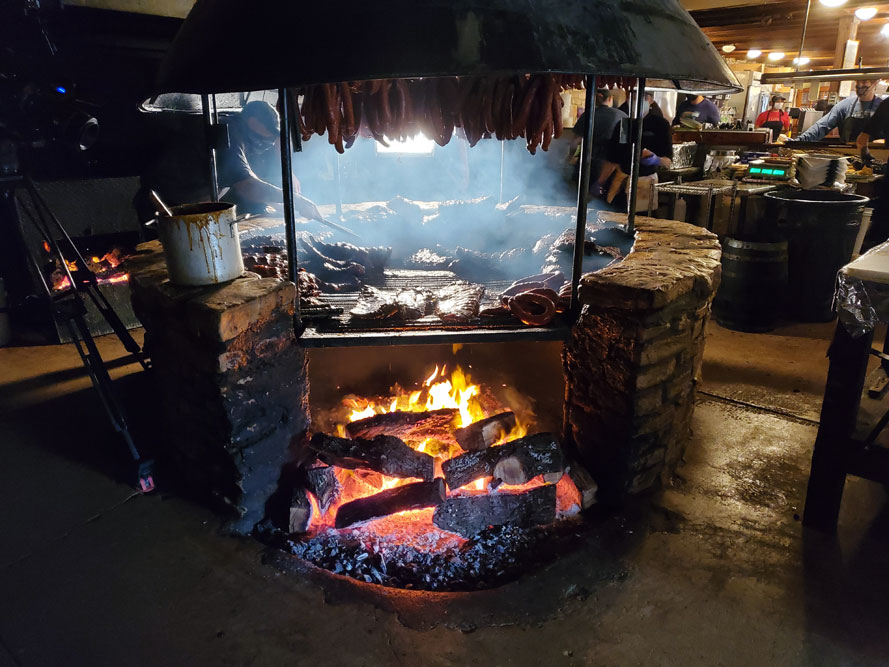
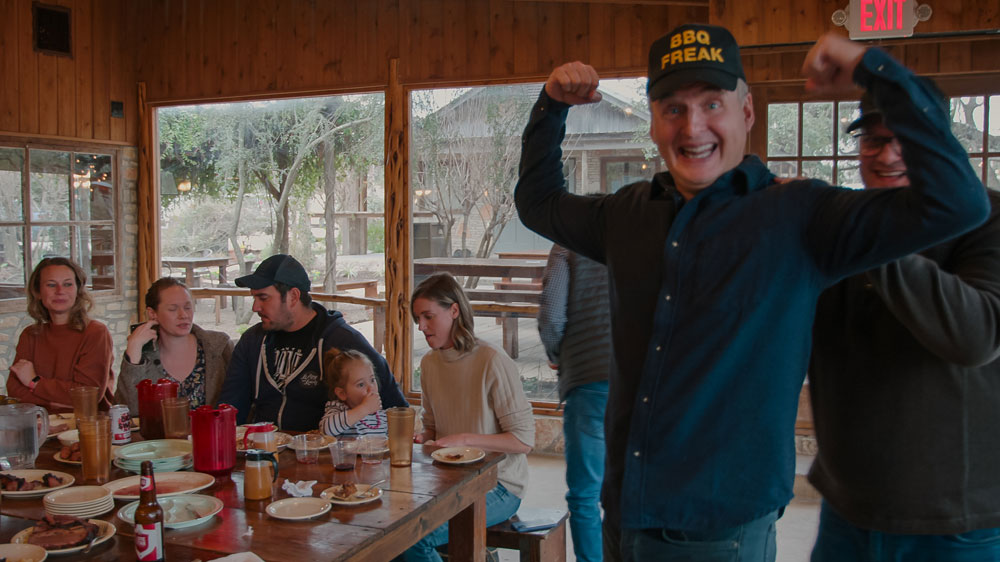
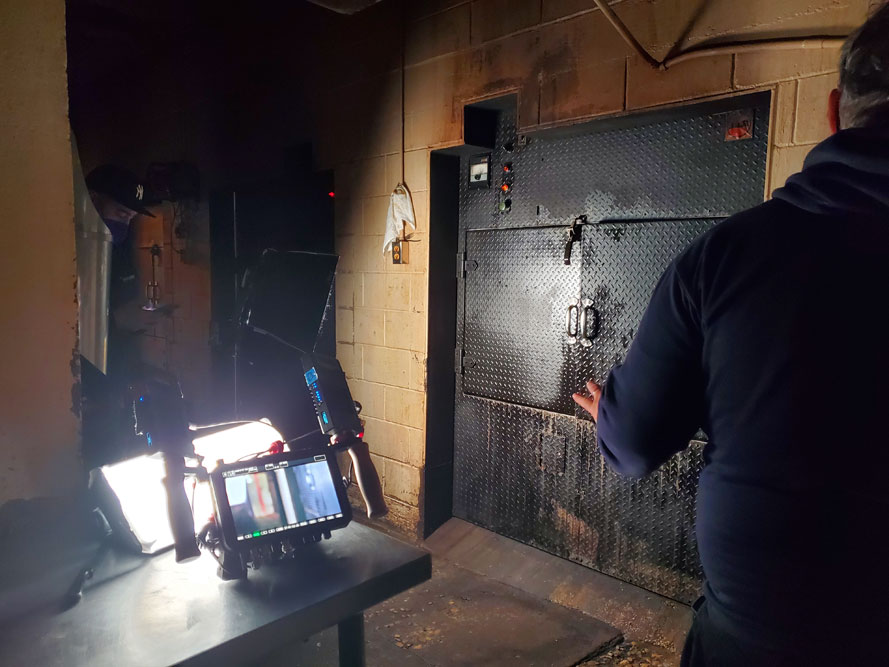
During the shoot day something happened to Gutierrez that he will never forget. “Production had a follow car to film certain parts of Phil going around the track and for pick up shots. But for one reason or another, they forgot about me after the shoot. I just turned around and there wasn’t any crew, and I was like, how am I going to get back,” he recalls. “That’s when the racecar driver offered me a lift. He was like, ‘so, do you want to know what it feels like going 200 mph in a Ferrari 296 GTB?’ And I was like, you know what, this is the way to go. This is going to be cool. But holy cow, I was not ready for it. The G’s just catch you off guard and it feels like you’re on a roller coaster just pushing you back into your seat. When I got back to base, everyone was like why is the sound guy getting out of the car? They realized they forgot about me and were all pretty jealous I got a ride. It was the only time I was OK with production abandoning me and forgetting I existed.”
For a scene set at Austin’s legendary Salt Lick BBQ, Gutierrez put his boom operating skills to work during a lively dinner sequence that gathers the entire episode’s cast around one unforgettable feast. “I had maybe five or six wires running but it wasn’t enough, so I had to boom everything else. And it was crazy because everything was happening so quickly. I had a Cinela OSIX with a Sennheiser MKH 50 inside, and I was booming for 30+ minutes without a break. They had three cameras running so staying out of each frame added to the dance. Thankfully, there wasn’t any handling noise from the boom and it all worked out.”
Gutierrez says recording the episode was a tremendous amount of fun. “I’d been in Texas for over twenty years now and I hadn’t known about most of the places that we went to. I can take anyone to the best barbecue spots in Austin now,” he says laughingly.
You can connect with David Gutierrez and see more work on his website here.